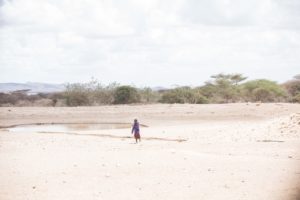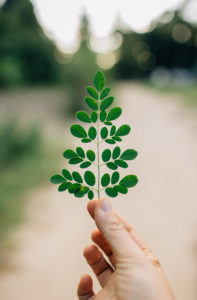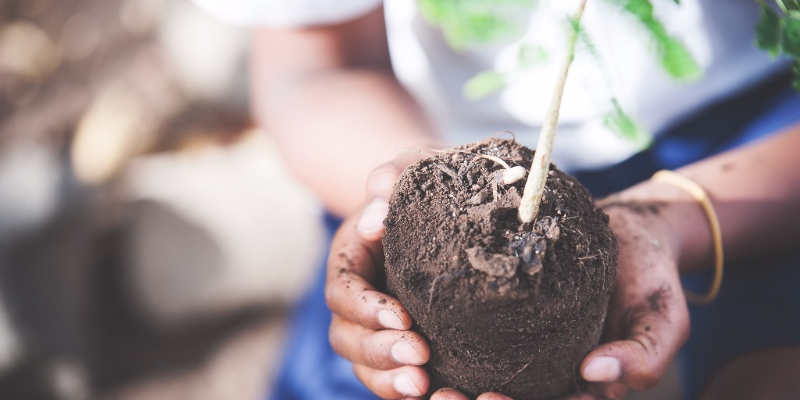In 2017, I received a text message from a community member in Sonayo, Cameroon that said: “Eugenie, I wanted to simply thank you for the trees you planted in our community. I am sitting under one of the trees you planted and am thanking God for using you to inspire us about the importance of planting trees. Your presence is visible in our community through these trees. Thank you.”
In an environment that has been over exploited and has become desolate because of human activities, tree-planting is the means to reverse the negative effects of cutting down trees in order to provide the natural environment with an opportunity to recover from its loss. The high rise in temperature and the decrease in rainfall can be addressed if a community embraces the idea of caring for trees.
 However, In region around the globe where community members heavily rely on the use of trees for daily cooking or warmth, it is obvious that cutting down trees would not be seen as an issue. This is why, in 2005, I began with a mission of educating those in my home community in Cameroon about the effects of deforestation, and the benefits of planting trees.
However, In region around the globe where community members heavily rely on the use of trees for daily cooking or warmth, it is obvious that cutting down trees would not be seen as an issue. This is why, in 2005, I began with a mission of educating those in my home community in Cameroon about the effects of deforestation, and the benefits of planting trees.
When I read this message twelve years later, it brought tears to my eyes because it reminded me of many things. First, it reminded me of the resistance that I faced when the chief said no one in the community would plant trees. When we first launched the tree-planting project in 2005, we faced resistance from the local farmers and the chief who said the lands need sun in order to grow crops; therefore, trees will cause a negative impact on agriculture.
To some extent, this is a fact. In fact, my father had me go to the World’s Wildlife Foundation (WWF) and ask them what they thought about the impact of tree planting on agriculture. When I did, I was introduced to trees that provided the soil conservation and promoted soil fertilization, as well as providing livestock with valuable nutrition.
Armed with this knowledge, our first year my father and I planted about 500 trees. The second year, with the help of WWF, we were able to plant 1,000 trees, and the next year 1,500. While we received support for the trees, all of them were forestry trees, none were fruit trees. So my father sponsored fruit trees all three years and gave them to families who showed interest in caring for the fruit trees.
After seeing how the trees changed the neighborhood where trees were planted, the chief invited us to come and plant trees on his property. Consequently, the entire neighborhood took part and we planted more trees. These trees made our neighborhood more beautiful and reduced the heat.

In my family, for over ten years now, my family trims trees from our property and uses the branches for firewood. The trees planted in our community also provide people with extra income, as they sell surplus firewood or fruit for profit.
If more people in the community would plant trees, how beneficial would it be both to our community and to our natural environment? We could provide our community with the beauty of a green and a healthier environment. Once a community has ownership of the project and pursues its realization, the potential for the project to be multiplied or duplicated is great.
One of the environmental projects Loom is partnering with is the Trees4kili project based in Kilimanjaro, Tanzania. The complex problem of deforestation, hunger, and the lack of clean energy solutions is also what led us to partner with social innovators in bringing biogas training to Uganda this fall. Our goal is to raise awareness on the impact of deforestation, and also to stand with the local organizations that are working to promote the protection of the natural environment, while allowing the local communities to thrive. This ties into our holistic view of community well-being.








